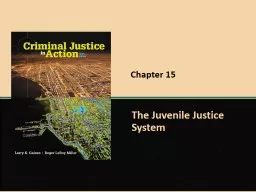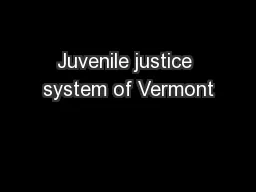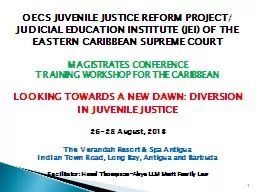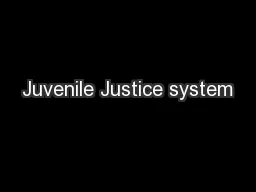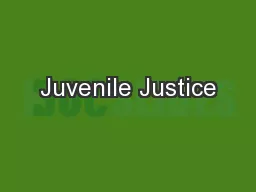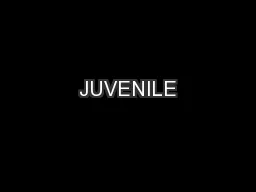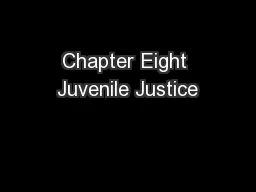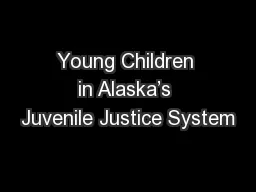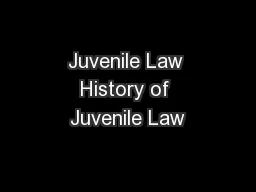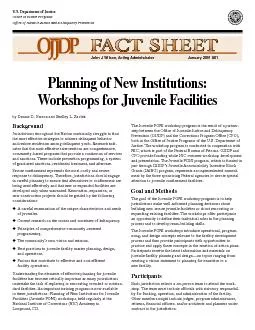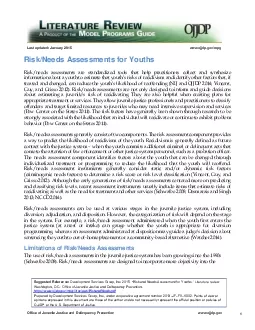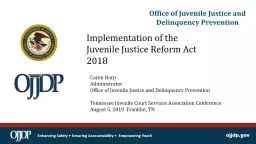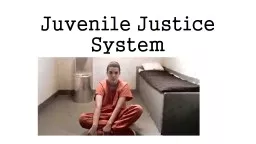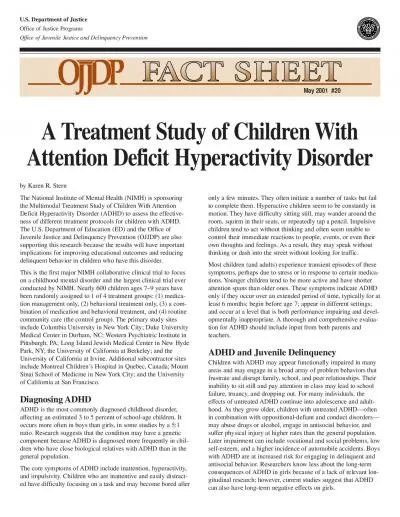PPT-Chapter 15 The Juvenile Justice System
Author : tawny-fly | Published Date : 2018-11-06
Learning Objective 1 Describe the child saving movement and its relationship to the doctrine of parens patriae Peter Andrew BoschMiami HeraldMCT via Getty Images
Presentation Embed Code
Download Presentation
Download Presentation The PPT/PDF document "Chapter 15 The Juvenile Justice System" is the property of its rightful owner. Permission is granted to download and print the materials on this website for personal, non-commercial use only, and to display it on your personal computer provided you do not modify the materials and that you retain all copyright notices contained in the materials. By downloading content from our website, you accept the terms of this agreement.
Chapter 15 The Juvenile Justice System: Transcript
Download Rules Of Document
"Chapter 15 The Juvenile Justice System"The content belongs to its owner. You may download and print it for personal use, without modification, and keep all copyright notices. By downloading, you agree to these terms.
Related Documents

